The notion that God created distinct “kinds” and not individual species of animals and plants is not new. It has been a crucial aspect of the young-earth creation model since antiquity. Despite predating Darwin, Carl Linnaeus (the father of taxonomy) and William Hebert (clergyman and botanist) both accepted speciation. They believed that God made each created kind to diversify over time. In the 20th century, curiosity about created kinds “speciated” into the flourishing field of baraminology, the study of created kinds.
The following is a summary of “A survey of Cenozoic mammal baramins” by C. Thompson et al, and of the surrounding discussion and research pertaining to it. The views expressed do not necessarily reflect those of New Creation.
Questions for the Study
Despite its long history, most of the tentative created kinds, also known as baramins, that researchers have identified so far have not yet been validated by newer baraminology methods. One such method, statistical baraminology, became quite useful in the late 20th and early 21st centuries. Most notably, researchers have used it to better define the horse created kind1 and differentiate humans from non-human primates.2 What would happen if we used this method on other animal groups?
With the help of Dr. Todd Wood, C. Thompson performed such an analysis published in the Proceedings of the International Conference on Creationism in 2018.3 Some of the questions they wanted to answer with more certainty in their study included:
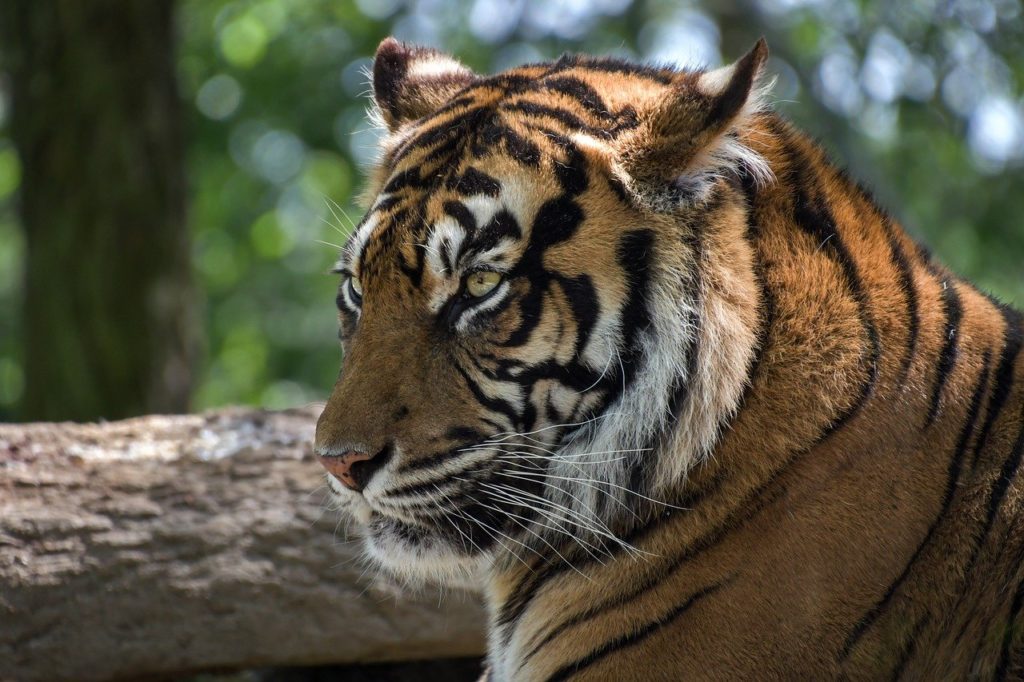
- Are baramins distinguished by “significant, holistic difference” (called discontinuity) from all other organisms?
- Can we truly detect this discontinuity with statistical baraminology?
- What morphological features and scientific datasets are most useful for statistical baraminology techniques?
A long-standing prediction by creationists (including Linnaeus!) is that the created kind is roughly equivalent to the taxonomic rank of family. In 2009, Dr. Wood found that 62% of the 73 animal families he studied were in agreement with this initial prediction.4 Would the new Thompson et al. study produce similar results?
Goal of the Study
Thompson and Dr. Wood’s 2018 research centered on at least 79 families of Cenozoic mammals. This more than doubles the number of existing statistical baraminology studies. Cenozoic mammals are particularly relevant to creation researchers. Many of these fossil forms, like the various species of extinct horses, can tell us a lot about how organisms diversified after the Flood. Foundational research such as this can fuel additional research on post-Flood diversification. This will lend to other areas of creation biology in the future.
For this study, the purpose was to classify results into one of three categories:
- Holobaramin, a group consisting of all known members of a created kind united by significant similarity (continuity) and separated by a barrier of significant difference (discontinuity) from other created kinds
- Monobaramin, a group consisting of some, but not all, members of a created kind united by significant similarity (continuity)
- Inconclusive, a group for which its baraminic status could not be determined
Results of the Study
Once the project was complete, Thompson and Dr. Wood cited evidence for holobaraminic discontinuity around the family level 69.5% of the time. That’s 57 out of a total of 82 tests. 3.7% of the test results were classified as monobaramins. The 26% that remain were inconclusive.
But why only 69.5%? Isn’t this a poor result? Not at all. Typically, when creationists assign a family of organisms to a specific created kind, it is only a first-order approximation. The overall goal is to clarify the exact species belonging to a created kind with subsequent studies that use other methods alongside statistical baraminology, such as the ability of two species to hybridize.
In some cases, such research may demonstrate that a created kind is above the family rank (e.g. superfamily, suborder, or order) or below the family rank (perhaps a subfamily or a genus). Keep in mind that taxonomic ranks can be somewhat arbitrary. The fact that two groups of organisms belong to the same taxonomic rank does not mean they are equal in the level of diversity they contain. For example, the order Carnivora is a very diverse group. It contains cats, bears, raccoons, seals, and dogs, and probably represents multiple created kinds. The entire order of Pholidota, on the other hand, only consists of very similar-looking species of pangolins that may belong to a single created kind.
Thompson and Dr. Wood found that 49 of the 59 holobaramins identified were equivalent with families. Another seven holobaramins were equated with subfamilies, two with superfamilies, and one (manatees and dugongs) to an infraorder. This fits very well with the initial prediction creationists have made throughout the years that the created kind is within the vicinity of the family taxonomic rank.
Tentative Holobaramins
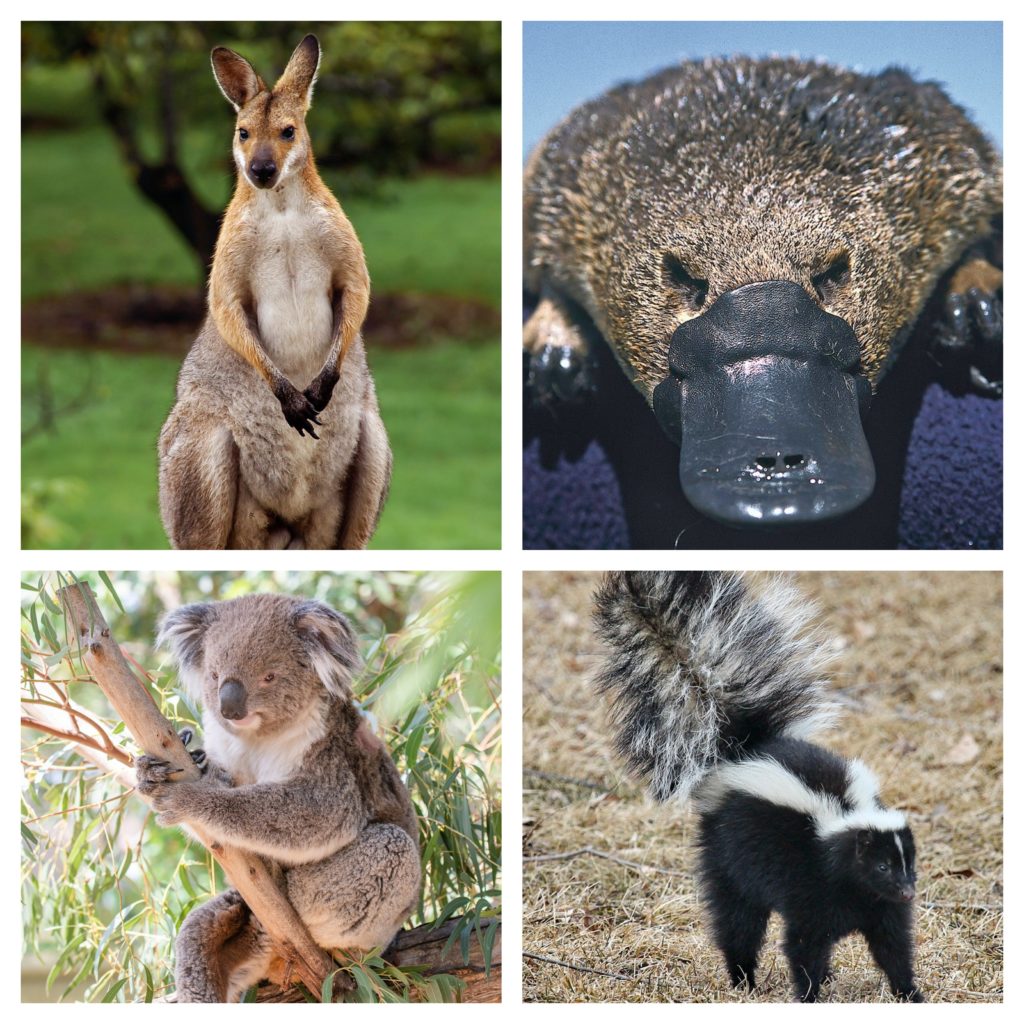
Some tentative holobaramins identified for the first time in this study are kangaroos and wallabies (Macropodidae), koalas (Phascolarctidae), platypus (Ornithorynchidae), and skunks (Mephitidae). Other holobaraminic results were consistent with Dr. Wood’s earlier work, like the cats (Felidae), hippos (Hippopotamidae), possums (Didelphidae), and hedgehogs (Erinaceinae). Finally, this study reclassified some of the inconclusive results from Dr. Wood’s earlier work as holobaramins. These include bears (Ursidae), camels (Camelidae), and an extinct family of rhino-like mammals called brontotheres (Brontotheriidae). The various species of Cingulata (armadillos) were placed in a single holobaramin in Dr. Wood’s previous work, but were split into two holobaramins in this study: Dasypodidae (represented in modern times by the nine-banded armadillo) and the glyptodonts, extinct, giant armadillos that were the size of cars!
Comparing Results
Another important part of this study was to compare the results to previous studies. The work in this project was also compared and contrasted with earlier research by Dr. Jean Lightner and Dr. Kurt Wise. Thompson and Dr. Wood’s results were quite similar to those of Dr. Lightner’s estimations for mammal created kinds.6 One of the differences was where Lightner identified pigs (Suidae) and peccaries (Tayassuidae) as belonging to a single baramin, Wood and Thompson’s research suggests they belong to different baramins.
On the other hand, comparisons with Dr. Wise’s work were considerably different.7 His research used the Post-Flood Continuity Criterion (PFCC). This criterion assumes that a baramin on the Ark should leave a continuous fossil record from the Flood’s end in the geologic record to present times. Dr. Wise used this criterion to deduce that between 97 and 234 mammal baramins were on the Ark. Only 16 of his proposed baramins match Thompson and Wood’s results.
Opportunities for the Future…
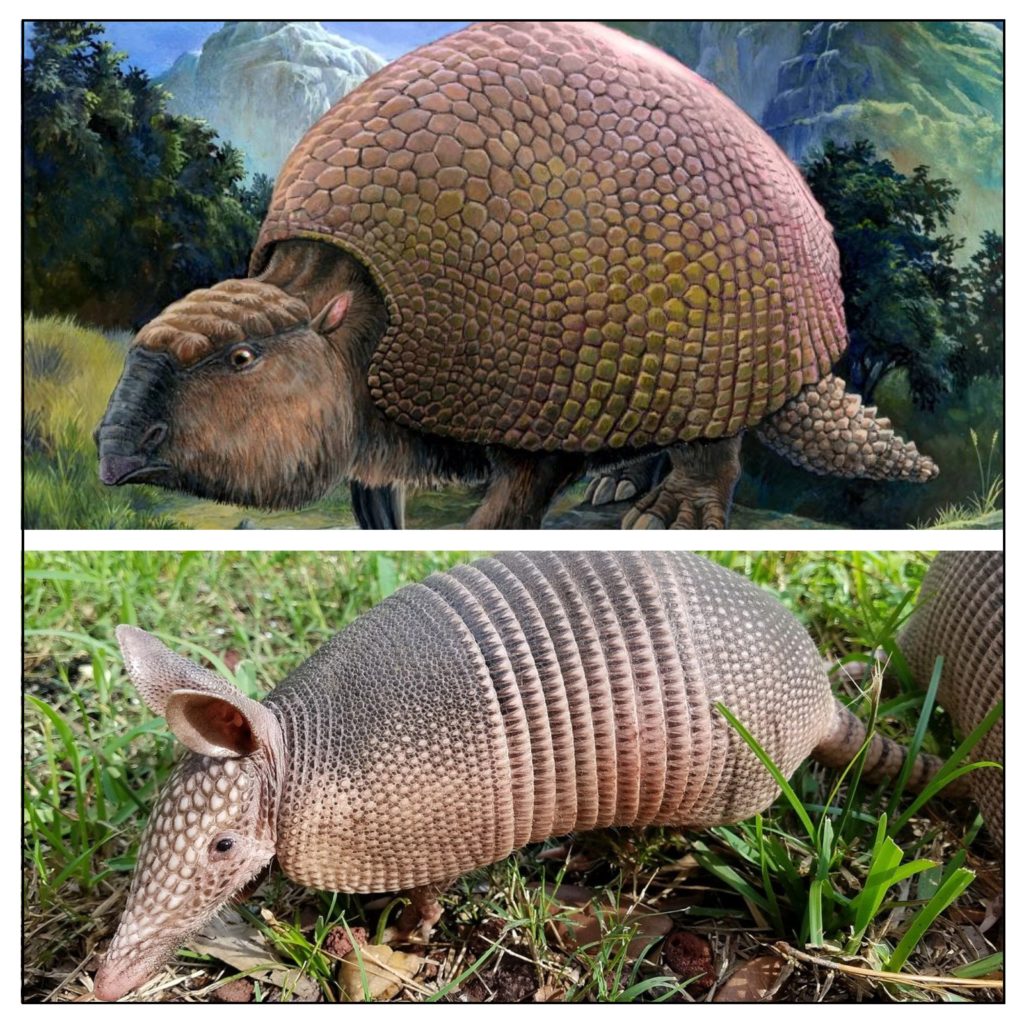
Image Credit: Pavel.Riha.CB, CC BY-SA 3.0, https://commons.wikimedia.org/w/index.php?curid=2438530
KMcCall from Pixabay
The discrepancies between these different studies offer a fantastic opportunity for more research. Budding young-earth scientists could try comparing datasets previously compiled by different researchers. This would allow us to see how differing datasets may or may not affect the results of a statistical baraminology study. Could some of the discrepancies between the works of Dr. Wise and Dr. Lightner simply reflect the incomplete nature of the fossil record? Could the discrepancies between their work and the work of Thompson et al. reflect the same? If so, the discovery of new species, and more complete fossils of known species, could more clearly delineate the true distinctions between created kinds. On the other hand, the gaps between holobaramins, as identified by Thompson et al. and Dr. Lightner, could reflect the real discontinuities that separate distinct created kinds.
Conclusion
As it stands, Thompson and Dr. Wood’s research represents the first approximation of the created kind in several groups of mammals. It also adds to previous research in other groups. It serves as an important step in the advancement of the study of mammalian created kinds and baraminology as a whole.
Footnotes
- Lightner, J.K. 2012. Mammalian ark kinds. Answers Research Journal 5:151-204 ↩︎
- Wood. 2016. An Evaluation of Homo naledi and “Early” Homo from a Young-Age Creationist Perspective. Journal of Creation Theology and Science Series B: Life Sciences 6:14-30. ↩︎
- Thompson, C., and T.C. Wood. 2018. A survey of Cenozoic mammal baramins. In Proceedings of the Eighth International Conference on Creationism, ed. J.H. Whitmore, pp. 217–221. Pittsburgh, Pennsylvania: Creation Science Fellowship. ↩︎
- Wood, T.C. 2009. Natura facit saltum: The case for discontinuity. CORE Issues in Creation 5:113-127. ↩︎
- Image Credit: Dr. Philip Bethge – Private collection, CC BY-SA 4.0, https://commons.wikimedia.org/w/index.php?curid=2970659; Sandid from Pixabay; Pen_ash from Pixabay; Wallace Keck – CITY OF ROCKS NATIONAL RESERVE — Striped Skunk, Public Domain, https://commons.wikimedia.org/w/index.php?curid=72034325 ↩︎
- Lightner, 2012, 151-204. (Footnote 1) ↩︎
- Wise, K.P. 2009. Mammal kinds: how many were on the ark? CORE Issues in Creation 5:129-161. ↩︎

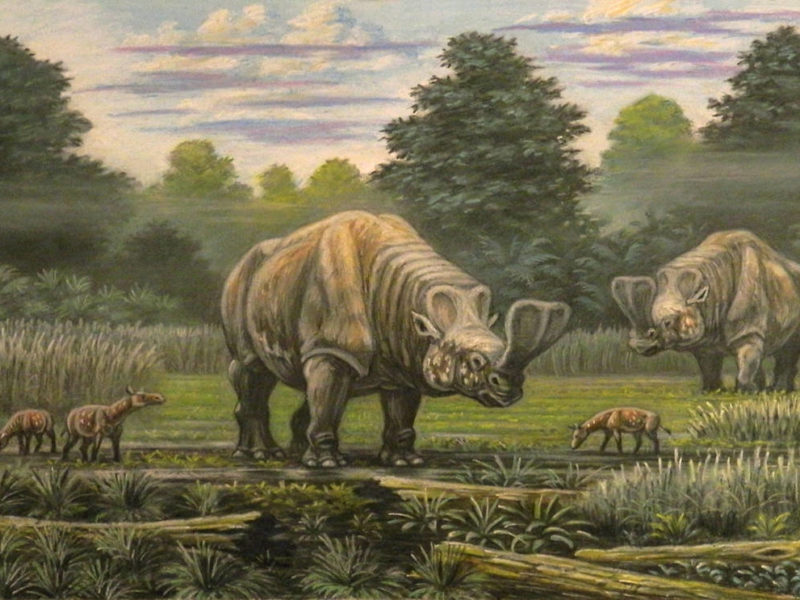





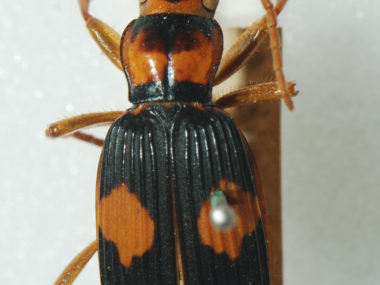




Truly amazing stuff, Christian. I just wish we had about 50 more baraminologists to help with all these amazing studies. I myself look forward to a settling of all the baramins of the vertebrate groups both extinct and existing.
Thank you for the kind remarks, Christian! Baraminology is a really fascinating area of research, and it’s growing quickly. The Lord has brought many new young researchers into the field. If you’re interested in the latest buzz in the world of baraminology, I strongly recommend attending the 2021 Origins conference, either in-person or virtually. In just over two weeks, scientists will be presenting never-before-seen research on dinosaur and pterosaur created kinds.
You can sign up by clicking here!